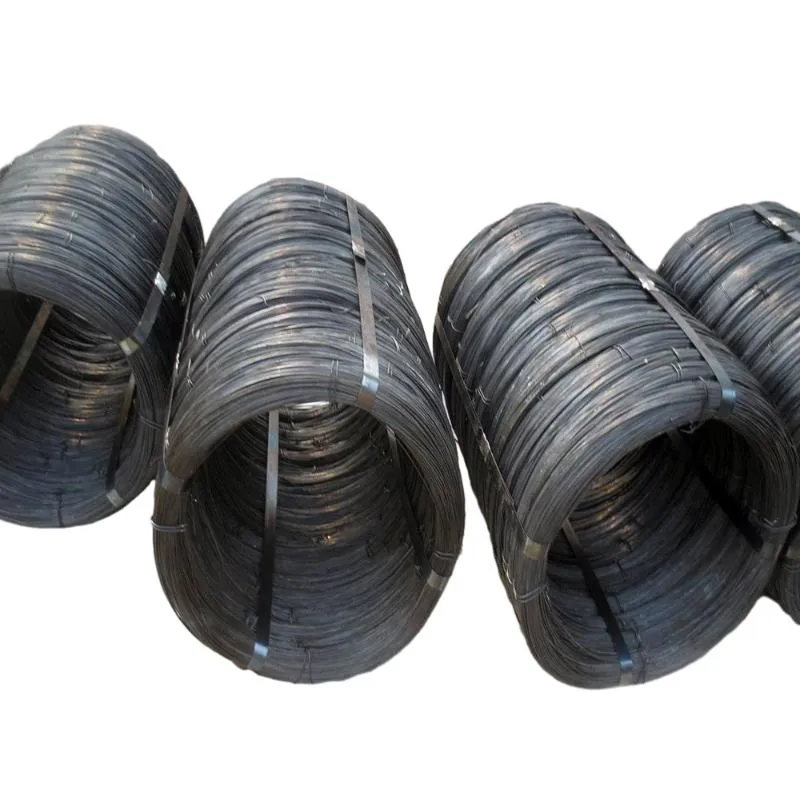
- Mobile Phone
- +8613931874955
- sales@cntcmetal.com
Exploring the Benefits and Applications of Metal Mesh Reinforced Concrete in Modern Construction
The Application of Metal Mesh in Concrete A Revolution in Construction Technology
In the ever-evolving field of construction, the integration of innovative materials has significantly transformed the methodologies used in building design and structural integrity. Among these advancements, the use of metal mesh in concrete has emerged as a groundbreaking approach that enhances both the strength and durability of concrete structures. This article explores the benefits, applications, and implications of using metal mesh in concrete.
Understanding Metal Mesh in Concrete
Metal mesh refers to a network of interconnected metal wires or rods that are strategically embedded within concrete. This composite technique combines the compressive strength of concrete with the tensile strength of metal, allowing for the development of structures that can withstand extreme stress, crack formation, and environmental degradation. Metal mesh can be made from various materials, including stainless steel, galvanized steel, and carbon steel, making it adaptable for various applications.
Benefits of Metal Mesh Reinforcement
One of the primary advantages of employing metal mesh in concrete is enhanced structural integrity. Unlike traditional reinforcement methods, such as rebar, metal mesh provides a uniform distribution of tensile strength throughout the concrete. This results in fewer weak points within the structure, thus minimizing the risk of cracks or failures over time.
Moreover, metal mesh improves the overall durability of concrete. It acts as a barrier against moisture and external elements, significantly reducing the likelihood of corrosion in the reinforcement elements. This is particularly advantageous in environments subjected to harsh weather conditions, chemicals, or constant moisture exposure, such as coastal or industrial areas.
Another significant benefit is the reduction in material and labor costs. Metal mesh is lightweight yet strong, which can lead to straightforward handling and installation. This efficiency not only decreases labor time but also reduces the amount of concrete required, leading to cost savings and less waste.
metal mesh concrete

Applications in Construction
The versatility of metal mesh allows it to be utilized in a myriad of construction applications. In residential buildings, it is often used in floors, walls, and ceilings to ensure even load distribution and enhance fire resistance. In commercial projects, metal mesh is particularly valuable in precast concrete elements, ensuring that large structures maintain their integrity while being fabricated off-site.
Another critical application is in the construction of bridges and highways, where the needs for strength and durability under heavy loads and environmental stresses are paramount. Metal mesh significantly contributes to the longevity of road infrastructure, reducing maintenance costs and extending service life.
Future Implications
As the construction industry continues to prioritize sustainability and efficiency, the integration of metal mesh within concrete offers promising prospects. The potential to achieve higher-strength structures with less material aligns well with sustainable building practices, reducing the carbon footprint associated with traditional construction methods.
Moreover, ongoing research into advanced metal mesh materials, including corrosion-resistant alloys and innovative designs, could further enhance the performance of concrete structures. As technology advances, we may see the development of smart metal mesh systems embedded with sensors to monitor structural health, paving the way for safer and more responsive infrastructure.
Conclusion
In conclusion, metal mesh has established itself as a vital component in modern concrete construction. Its ability to reinforce structures, improve durability, and reduce costs makes it an indispensable material for engineers and architects alike. As the industry evolves, the continued exploration of metal mesh applications promises not only enhanced performance in construction but also significant strides toward sustainability and resilience in our built environment. As we embrace these advancements, the future of construction looks brighter and stronger than ever before.
share:
-
Your Source for Concrete Wall Ties and Masonry AccessoriesNewsJul.10,2025
-
Unlocking the Power of Iron Wire for Every ProjectNewsJul.10,2025
-
Explore Advanced Chain Wire and Stainless Steel Mesh FencingNewsJul.10,2025
-
Discover the Benefits of Annealed Wire ProductsNewsJul.10,2025
-
Discover China Stainless Steel Wire Mesh SolutionsNewsJul.10,2025
-
Build with Confidence Using High-Performance Masonry AccessoriesNewsJul.10,2025
-
Why Sacrificial Formwork Is Redefining Underground ConstructionNewsJun.06,2025



















